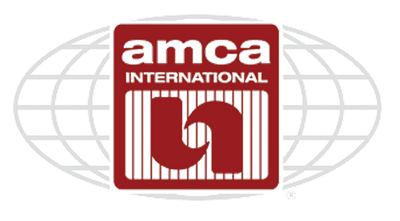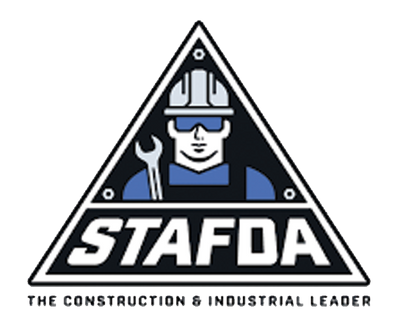When temperatures drop, most facilities shift their focus to heating and energy conservation. Ventilation often becomes an afterthought — fans get shut off, windows stay closed, and the priority becomes keeping warm air in. But that’s exactly when ventilation matters most.
Winter changes how we behave. Doors stay closed longer. Heaters dry out the air and recirculate it through the same pathways. Meanwhile, people, equipment, and processes continue generating heat, moisture, and contaminants — all of which stay trapped inside. The result? Stale air that compromises comfort, productivity, and even product quality.
Condensation especially becomes a major issue in manufacturing and warehouse environments. Poor air turnover allows humidity to collect on walls, machinery, and stored goods — accelerating corrosion and mold growth. Carbon monoxide buildup from forklifts or heating units can creep up unnoticed. In agricultural or food production, stagnant air contributes to odor, bacterial spread, and inconsistent temperature zones that affect yield.
What’s often missed is that ventilation is just as important in cold weather as in the heat of summer. The U.S. Department of Energy (DOE) noted that ventilation-focused systems, when properly optimized, can lower peak energy demand by up to 40% in certain climates. It’s not about running fans full-blast, but about using the right configuration — directing exhaust to remove pollutants and strategically circulating air to prevent stratification. The goal is balance: maintaining air quality and freshness without losing heat.
The best systems adapt to the season. By incorporating efficient exhaust fans and well-placed circulators, facilities can move warm air from ceiling to floor, maintain even temperatures, and reduce energy waste from overworked heating units. The result is not just cleaner air — it’s a more stable, efficient, and comfortable work environment. Overall, improving and optimizing commercial HVAC systems, including ventilation, can lead to 10% to 40% reductions in energy costs.
At Airmaster, we view ventilation as a year-round performance system. Our engineering team works with facilities to design solutions that don’t just move air — they manage it. Because real efficiency isn’t just about comfort; it’s about keeping people, equipment, and productivity in balance, no matter the season.
Winter is when your ventilation strategy proves its worth. Don’t let stale air become an invisible cost.







